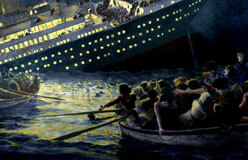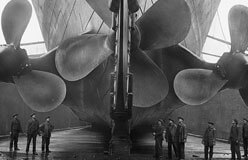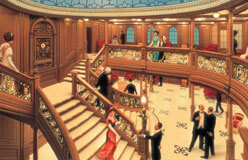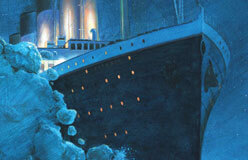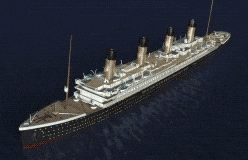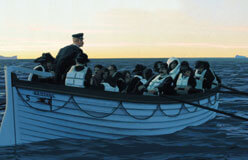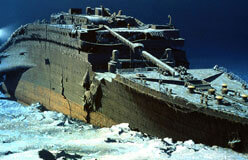The night that the Titanic sailed into history was cold and moonless. The normally stormy Atlantic Ocean was flat and calm.
That Sunday was cold, but it had been a pleasant one for the passengers. They had spent their time in church services and relaxing. By 11 p.m., most of them were in bed.
First Officer William Murdoch was in charge on the bridge. That’s the control center at the front of a ship. At 11:40, the lookouts spotted the iceberg about 1,500 feet ahead. Murdoch reacted quickly. He put the engines in reverse and rang the warning bell. But less than 40 seconds later, the ship’s starboard side hit the iceberg. From that moment on, the Titanic was doomed.
